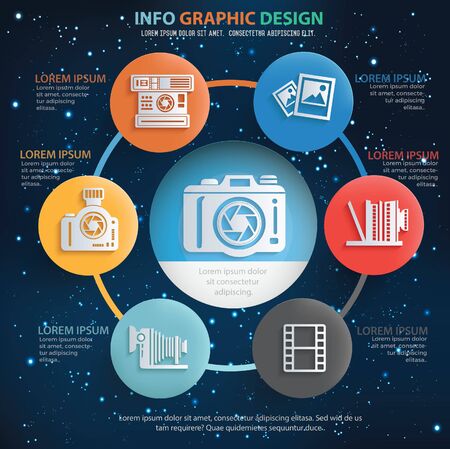Join Us To Uncover Important Digital Photography Pointers That Will Certainly Unlock Your Cam'S Potential-- Prepare To Capture Magnificent Photos In No Time At All!
Join Us To Uncover Important Digital Photography Pointers That Will Certainly Unlock Your Cam'S Potential-- Prepare To Capture Magnificent Photos In No Time At All!
Blog Article
Write-Up Writer-Ballard Elmore
When you initially grab your camera, it can feel frustrating with all the settings and alternatives available. You may find yourself questioning how to navigate aperture, shutter speed, and ISO effectively. Mastering these fundamentals is crucial, however there's more to digital photography than just technical knowledge. Recognizing composition techniques and illumination conditions can raise your photos substantially. So, what if you could learn basic strategies to improve your skills and begin recording remarkable photos sooner than you believe? Allow's explore exactly how to change your photography trip.
Recognizing Cam Settings
Recognizing your cam settings is vital for capturing magnificent images. When you grab your camera, acquaint yourself with the 3 major setups: aperture, shutter speed, and ISO. Each plays an important role in exactly how your photos end up.
Start with aperture, which manages the amount of light entering the lens. A bigger aperture (lower f-number) lets in extra light and creates a lovely background blur, excellent for portraits. Conversely, a narrower aperture (higher f-number) maintains more of the scene in focus, perfect for landscapes.
Next, focus on shutter speed. This setup establishes how long your camera's sensor is revealed to light. A quick shutter speed freezes movement, which is fantastic for activity shots, while a sluggish shutter rate can produce stunning impacts like smooth water in landscapes.
Lastly, readjust your ISO. This setting influences your camera's level of sensitivity to light. A greater ISO is useful in low-light scenarios however can introduce noise or grain. Aim for the most affordable ISO possible while still accomplishing appropriate direct exposure.
Make-up Strategies
When you're out shooting, make-up can make all the difference in how your pictures resonate with audiences. Start by using the guideline of thirds; visualize your framework split into nine equal areas with 2 straight and 2 upright lines. Setting key elements along these lines or at their junctions to develop equilibrium and rate of interest.
Next, think about leading lines. These all-natural lines in your scene, like roadways or rivers, attract the viewer's eye into the picture, directing them through the tale you're telling.
Do not ignore framing; use components within your scene, like trees or windows, to produce a framework around your subject, adding depth and emphasis.
Also, watch on your history. A messy history can sidetrack from your primary subject, while an easy one assists it stand out.
Finally, https://telegra.ph/Reveal-The-Crucial-Digital-Photography-Gear-That-Will-Certainly-Kickstart-Your-Innovative-Journey-And-Learn-What-You-Can-Miss-To-01-08 with balance and patterns; they can develop a striking photo that captures interest.
Mastering Illumination Issues
Grasping lighting problems is critical for catching spectacular pictures, as the best light can transform a common scene into something amazing.
Beginning by observing natural light at different times of the day. Mornings and late afternoons supply the most effective light, called the gold hour. The soft, cozy tones during these times can improve your photos perfectly.
read what he said avoid cloudy days either; diffused light can reduce rough shadows and produce a pleasing result, specifically for pictures.
Explore backlighting by positioning your subject versus the source of light. This strategy can produce a wonderful halo impact and add deepness to your images.
Take note of your electronic camera settings also. Readjust the ISO, aperture, and shutter speed to fit the lighting conditions. A greater ISO can assist in reduced light, yet beware of grain.
Make use of a tripod in darker environments to avoid blur.
Last but not least, don't forget artificial illumination. Flash and continuous lights can be fantastic devices for managing light in tough conditions.
Conclusion
In conclusion, understanding your electronic camera doesn't have to be frustrating. By understanding https://www.techradar.com/how-to/christmas-lights-photography-how-to-capture-nighttime-displays-in-all-their-glory , using composition methods, and taking advantage of the power of natural light, you'll rapidly boost your digital photography skills. Bear in mind, exercise makes excellent, so venture out there and explore your newfound knowledge. With time and dedication, you'll be recording spectacular images that mirror your distinct viewpoint. Delight in the journey, and do not neglect to enjoy while you're at it!
